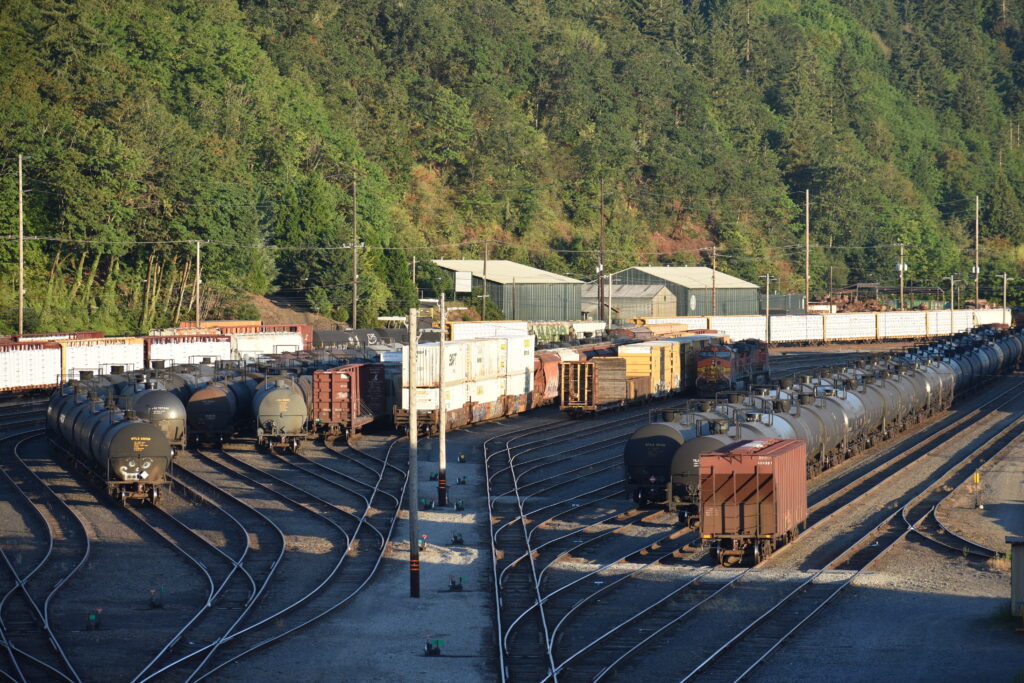The day after some 400,000 people marched in the streets of New York to call for climate justice, the world woke to some more historic news: The Rockefeller family, heirs to the Standard Oil fortune, announced that they were directing their $860 million charitable fund to divest from fossil fuels.
The Rockefellers cited their moral obligation to leave a better planet for their children as motivation, but it was also a business decision: “We see this as having both a moral and economic dimension,” Steven Rockefeller says.
Investors are beginning to realize that it’s not just coal in decline. All fossil fuels, including oil and natural gas, are living on borrowed time.
According to Carbon Tracker, we can only burn one-fifth of proven fossil fuel reserves if we are to avert the most catastrophic global warming, and if capital expenditures continue at current rates, some $6.74 trillion will be wasted over the next decade developing reserves that are likely to become unburnable.
Translation: The clean energy revolution is coming, and the forward-looking money is backing renewables, not fossil fuels.
Divestment and “stranded assets”
The New York Times tallied up the successes of the divestment movement thus far:
In recent years, 180 institutions — including philanthropies, religious organizations, pension funds and local governments — as well as hundreds of wealthy individual investors have pledged to sell assets tied to fossil fuel companies from their portfolios and to invest in cleaner alternatives. In all, the groups have pledged to divest assets worth more than $50 billion from portfolios, and the individuals more than $1 billion, according to Arabella Advisors, a firm that consults with philanthropists and investors to use their resources to achieve social goals.
That’s not to say there’s no money left in fossil fuels. Quite the opposite: Chris Hayes, citing an estimate that proven reserves of fossil fuels might be worth as much as $20 trillion, characterizes the attitude of fossil fuels companies as: “It’s our property, and we’re gonna extract, sell and burn all of it. What are you gonna do about it?”
Without a doubt, plenty of investors will be eager to do nothing more than get themselves a piece of that $20 trillion.
But the Rockefellers and many other investors are starting to realize that the long-term prospects of companies sitting on stockpiles of fossil fuels that they can’t burn without contributing to global warming are not the safest places to invest their money.
This is becoming a more common sentiment as investors take a harder look at the prospect that all the money sunk into exploration and development of new fossil fuel reserves might soon become “stranded assets.”
In fact, this past April, the largest oil company on the planet, ExxonMobil, became the first company to report on its exposure to the risk of its oil reserve assets being stranded by global efforts to reduce global warming emissions—but the company only did so in response to pressure from shareholders.
From Boom To Bubble
Growing weariness of seeing their assets stranded is especially true for North American investors who are weighing whether or not to invest in the current shale boom.
To be sure, numerous fortunes are being made right now thanks to North America’s abundance of shale oil and natural gas. But investors are waking up to the fact that much of the shale boom is just industry smoke and mirrors: The Shale Bubble will burst sooner or later, and the smart money is getting out now.
“I have lent money to nobody in this space, and I don’t plan to,” Tim Gramatovich, chief investment officer of Santa Barbara, California’s Peritus Asset Management, recently told Bloomberg, adding: “This thing is absolutely going to blow sky-high.”
North America’s shale boom is, indeed, increasingly looking like a bubble. Nothing made that more starkly clear than when the US Energy Information Administration was forced to lower its estimate of recoverable oil in California’s Monterey Shale by 96%, from 13.7 billion barrels to 600 million barrels.
Whereas a conventional oil well can produce for decades, shale wells play out in seven or eight years. Thus the International Energy Agency, which predicted in 2012 that North America would become a net oil exporter by 2035, has also had to revise its estimates down.
The IEA’s latest World Energy Investment Outlook report states that shale oil (also known as tight oil) production will begin to decline in North America by 2020—though the Post Carbon Institute thinks even that is too generous an estimate.
It’s not just that the new age of abundance foretold by oil and gas companies in North America—the much-hyped “100 year supply”—is an exaggeration, at best. There are also concerns that the economic feasibility of recovering much of the oil and gas in shale formations might have been overstated. Companies are borrowing heavily to find new reserves, even as productivity has been disappointing, which means they must borrow more money and drill even more wells—a pattern in evidence throughout the industry that has been dubbed the “drilling treadmill.”
The numbers just aren’t adding up for companies that would exploit shale plays. Independent drillers must spend $1.50 on drilling for every dollar they make, and in order to maintain the 1 million barrels per day being produced from North Dakota’s Bakken shale, some 2,500 new wells will have to be drilled every year, according to the IEA.
Oil is just over $100 a barrel now, but if it drops to, say, $90, fracking becomes a lot less viable as a means of production. “Much of the American shale industry could find itself in real trouble with production levels falling relatively quickly,” Professor Jonathan Stern of the Oxford Institute of Energy Studies, told Newsweek.
The Drilling Treadmill: A fast track to crippling debt?
Bloomberg recently published an article with a title that should give any investor pause—“Drillers Pile Up More Debt Than Oil Hunting for Fortunes in Shale”—that exposes just how deep oil and gas companies are digging themselves into debt trying to cash in on the current “boom”:
“A decade into a shale boom that has made fracking a household word… drillers are propping up the dream of U.S. energy independence with a mountain of debt. As oil production hits a 28-year high, investors and politicians are buying into the vision of a domestic energy renaissance.” But: “Companies are paying a steep price for the gains. … most are spending money faster than they make it, an average of $1.17 for every dollar earned in the 12 months ended on June 30.”
In fact, only seven of the 60 U.S.-listed firms in Bloomberg Intelligence’s E&P index made more money in that timeframe than they had to spend to keep drilling, all while they collectively incurred $190.2 billion in debt.
Of course, even if the oil and gas do run out sooner than the industry projects, there’s still money to be made—for the oil companies, not necessarily for investors.
Companies are required to report their proven reserves to the Securities Exchange Commission according to strict guidelines, but have much more leeway in how they state their “resource potential” to investors. They have plenty of incentive to overstate the amount of fossil fuels they’re holding in reserve, and they often do.
Many investors will get duped by the overstated claims of fossil fuels companies, especially since, as the Post Carbon Institute has tirelessly documented, the U.S. Energy Information Administration is complicit in the industry’s attempts to hide the disappointing productivity numbers from the many active shale plays across North America.
Some times, duping investors is exactly the point, according to Ed Hirs, a managing director at Houston-based Hillhouse Resources, who told Bloomberg:
There’s a lot of ways to make money in the oil and gas business, and not all of them involve drilling for oil. You just drill investors’ pocketbooks. When investors are willing to throw money at you, you can just make money on that. It’s a time-honored tradition.
If investors continue to conclude that fossil fuels are a dead end, however, that time-honored tradition might not last much longer.
Image Credit: Headache by Maslowski Marcin / Shutterstock.com
Subscribe to our newsletter
Stay up to date with DeSmog news and alerts






